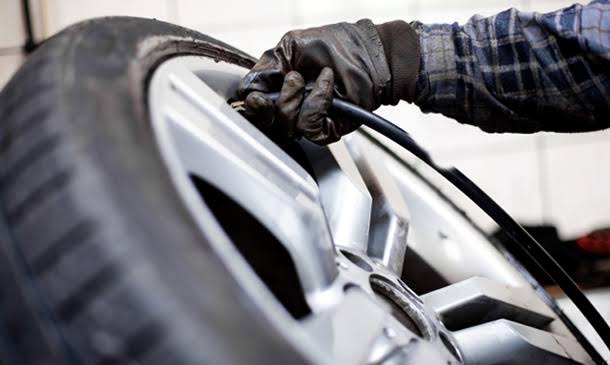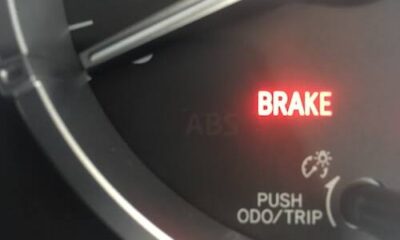Business
Useful tips for tire maintenance

Rotation, balance, toe-in and pressure: the essential aspects of tire maintenance to preserve their efficiency and ensure road safety.
Tires are not always given due recognition in the field of road safety. Yet, being the only point of contact between a vehicle and the road, preserving its efficiency is essential.
Why resort to tire rotation?
Swapping the tires between the axles makes their consumption uniform and, consequently, guarantees a more balanced behavior, to the benefit of safety. This should be done at regular intervals to carry out proper car tire maintenance.
Normally, the rotation occurs every 10,000 / 15,000 km , becoming more frequent if the vehicle is usually subjected to overloads. Front tires have a tendency to wear out much faster. If they are replaced, without changing the other tires, it is recommended to mount the new set at the rear, moving the rear ones to the front. This will make the car more stable.
DIY car tire balancing
Tire balancing is an operation aimed at avoiding premature wear . At the same time it eliminates possible vibrations and provides adequate protection for the suspension, bearings and steering system.
Normally this tire maintenance operation is carried out when you decide to go and replace a tire, and involves the use of particular balancing counterweights.
An unbalanced tire has a heavier area than the others, causing uneven and premature wear, and putting more stress on the front. Also in this case, the operation should be carried out every 10,000 km ; however, in the case of a sports car, it is preferable to use it already after 5,000 kilometers.
DIY car convergence – an important factor for safety
When the suspension geometry is not correct, there is a risk of compromising road holding. The misalignment could be the consequence of a contact of the tires with a pavement, or with a rather deep hole. Uneven tire wear can also be the result of misalignment. Moving the toe-in adjustment by a few millimeters does not always produce noises, or cause the vehicle to behave abnormally.
However, the tread is destined to wear out more quickly and, above all, unevenly. To check correct alignment, simply choose a flat straight with little traffic, and let go of the steering wheel for a few seconds. If the car tends to move towards the sides of the roadway, it is better to opt for the intervention of a tire dealer.
The benefits of optimal tire pressure
Among the tire maintenance interventions the importance of pressure control cannot be underestimated, which can easily be measured with the pressure sensor. A vehicle with properly inflated tires is less prone to possible loss of control. Also, traveling with low-pressure tires results in higher fuel consumption.
The check should take place at least once every 30 days, and before leaving for a long journey. To ensure correct measurement, it is advisable to measure with cold tires.
Each car model requires a certain tire pressure; it is possible to read the relevant information in the user manual, but also on the door label or inside the fuel flap. If you find that the tire pressure is too low, you can inflate them yourself using a volumetric compressor.
Change tires yourself
Often we rely on the expert hands of a tire dealer to change car tires , but having the right tools at your disposal, you can also do this independently.
Both with regard to the ‘balancing car tires DIY that the convergence tires DIY our suggestion is always to consult a specialist in order to avoid mistakes and find yourself with a car from the complex handling and abnormal tire wear.
The same suggestion also applies to tire alignment , given that specific equipment will be needed, while the possibility of changing tires by yourself is undoubtedly more concrete even if it is always necessary to pay attention to toe-in and balancing to avoid having a car with compromised directionality
-

 AVIATION5 years ago
AVIATION5 years agoPhoto News: Air Peace commence flight operations to South Africa
-

 Car News5 years ago
Car News5 years agoPolestar is recalls over 2000 electric cars due to software bug
-

 Technology5 years ago
Technology5 years agoCommon mistakes in CO₂ emissions calculations
-

 RAIL4 years ago
RAIL4 years ago36 Killed in Pakistan Train Accident
-

 Business5 years ago
Business5 years ago2016 Volvo XC60 review and specifications
-

 Reviews5 years ago
Reviews5 years ago2021 Audi A6 Specifications and Review
-

 SAFETY / CAR CARE5 years ago
SAFETY / CAR CARE5 years agoHandbrake warning light; what it means and what to do
-

 NEWS4 years ago
NEWS4 years agoFG To Spend ₦900 Billion On Fuel Subsidy In 2022
